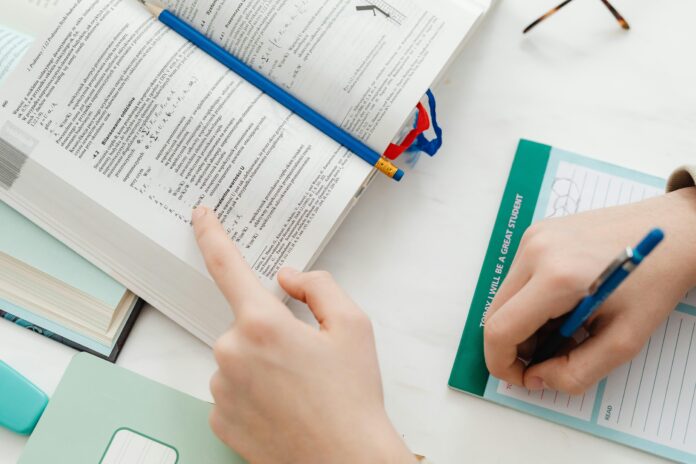New Zealand’s education system is affected by its special history. It is dependent on the relations between the Europeans and Local Maori People. Important parts of New Zealand’s identity are Māori culture and language. Including them in education helps to make sure about justice, supports equality, and shows respect for the Treaty of Waitangi, an important part of New Zealand’s history. There have been more efforts to include Māori culture in schools in the last few decades. Many students in New Zealand look for their business management assignment help that include Māori cultural values to better learn about local business. This includes keeping the Māori language alive, supporting traditional values, and helping Māori students succeed in their education.
Including Māori culture in New Zealand education helps students understand different cultures better. Now students get help with their schoolwork by using assignment writing service, so they can properly show the values and points of view of Māori traditions in their projects.
This article will help you explore how Māori culture is included in New Zealand’s education system and how these efforts affect learning, teaching methods, and the larger community.
The History of Maori Culture in Education
Before European explorers came to New Zealand in the 1800s, the Māori people followed their learning ways. Their education was not formal and focused on speaking and storytelling. Knowledge was shared through stories, songs, sayings, and hands-on lessons from older people. When the Treaty of Waitangi was signed in 1840, Māori power decreased, and European schools made Māori culture and language less important. For many years, Māori students were told to follow Western-style education, and speaking Māori language was not allowed in schools.
In the middle of the 1900s, Māori professors worked to get more recognition and support for their language and culture in schools. This started the Māori improvement in the 1970s which helped to increase Māori culture in schools and led to the start of the Maori language in schools again. It also made people pay more attention to Māori and non-Māori cultures in education. It is working hard to make sure that Māori students have the same opportunities as others and to follow all the points in the Treaty of Waitangi.
The Growth of Maori Education in New Zealand
In the 1900s, people started to work hard to include Māori culture in education equally. This movement was motivated by more people understanding the importance of native people’s rights, culture, and identity. New laws and policies were created to help improve education for MĀori students and to protect the MĀori language and traditions.
Te Kohanga Reo Movement
An important step in New Zealand Maori education was the start of this movement in the 1980s. It is an important step to start teaching children Māori language and culture. Te Kohanga Reo, or “language nests,” were schools led by Maori families and groups. They had an important goal to teach young children the Māori language from a young age and to bring back the language that was fading away. They helped children make a solid understanding of their culture and traditions.
The success of Te Kohanga Reo resulted in a way to make Kura Kaupapa Māori schools, where students learn the Māori language from start to higher school. This helped to bring back the Maori culture and language.
Biculturalism in New Zealand
The biculturalism addition into New Zealand’s education system is an important step in including Māori culture in teaching. The organization which sets the rules for teaching and learning in the country forces the importance of including Māori culture in education. It informs schools to respect the Treaty of Waitangi, an important document made in 1840 between the British and Māori leaders. This makes sure that Māori people have the right to use their language and follow their culture.
To promote biculturalism in schools, teachers are motivated to include Māori culture in their daily lessons. This can mean using the Māori language in class discussions, joining in haka (Māori dance), and celebrating Māori traditions and holidays, like Matariki (Māori New Year) helps non-Māori students learn and enjoy Māori culture and Māori students can see their culture recognized and appreciated at school.
The Effect of Māori Culture on Students
It is great for both Māori and non-Māori students to include Māori culture in schools. For Māori students, it has helped them feel related and appreciated to their culture and traditions.
For non-Māori students, learning about Māori culture and language helps them understand, respect, and care more about it. When non-Māori students learn about the traditions and culture of the local people, they better understand and respect the special culture of their country. Including Māori views in education helps to form an environment where everyone feels welcome, supports different cultures, and makes an exact understanding of the world which are important points of a society with many cultures.
Maori Success and Outcomes
Including Māori culture in schools has resulted in many good changes, but Māori students still face challenges in their educational results. In the past, Māori students have done worse in school, dropped out, and joined higher education less than students who are not Māori. To fix these differences, we need to take several steps. This means making education better in Maori schools, having more Maori teachers and leaders in schools, and making sure that schools have the right support for Maori students.
Conclusion
Including Māori culture in New Zealand’s schools is very important. It helps everyone understand each other better, respects the Treaty of Waitangi, and supports fairness for Māori students. To keep MÄāori traditions alive and improve education include the efforts to bring back the MÄāori language, use teaching methods that respect MÄāori culture, and create schools that focus on the MÄāori language. Although some improvements have been made, there are still difficulties in helping Mâori students succeed equally. We should keep working hard to ensure that New Zealand’s education system supports all learners and fully celebrates Māori culture.
